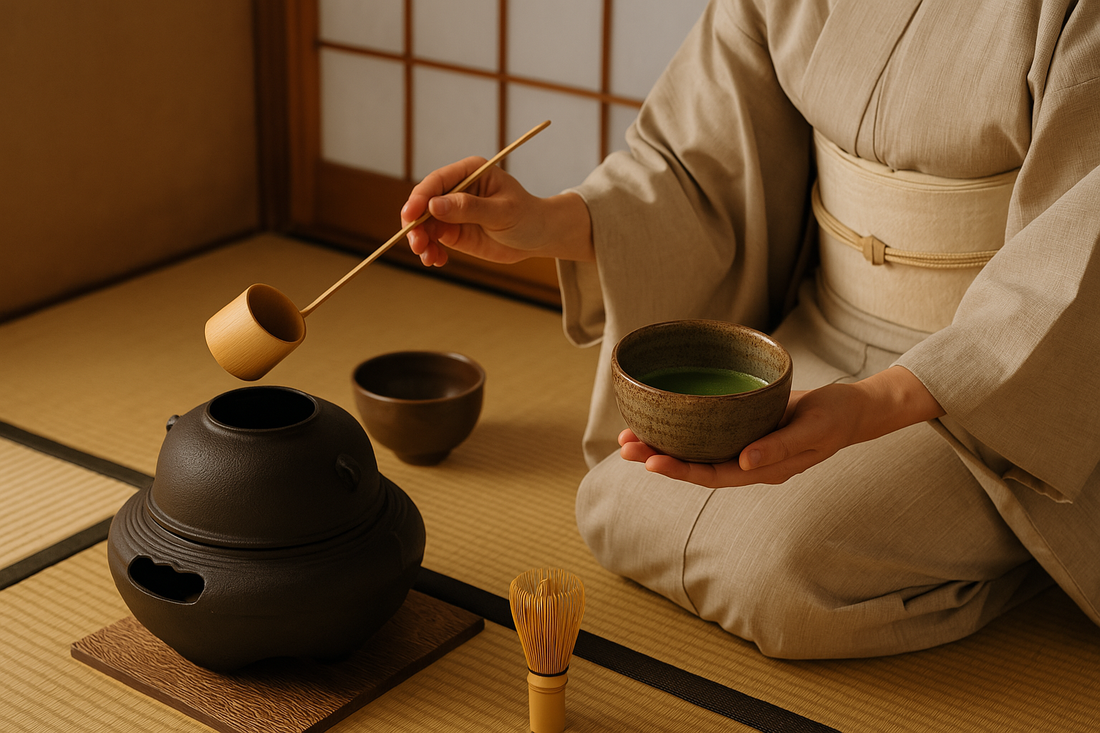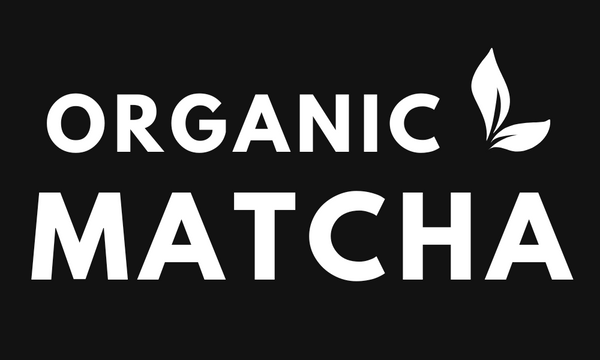
What is the cultural significance of matcha in Japanese traditions?
Share
Before matcha became a wellness staple in modern kitchens and cafés, it held a deeply rooted place in Japanese culture - one woven with mindfulness, ceremony, and community.

The cultural significance of matcha in Japan dates back to the 12th century, when Zen Buddhist monks introduced powdered tea as part of their meditative practices. They valued matcha not only for its energizing properties, which helped sustain focus during long hours of meditation, but also for the calm, centered state of mind it helped cultivate. Even today, matcha is closely linked with presence, patience, and inner clarity.
This connection was further refined in the Japanese tea ceremony, known as chanoyu or chado (the Way of Tea). Developed by tea master Sen no Rikyū during the 16th century, the ceremony is not just about drinking tea - it's about embracing harmony (wa), respect (kei), purity (sei), and tranquility (jaku). Every step, from scooping the matcha to cleaning the tools, is performed with intention. The ceremony celebrates simplicity and subtle beauty, echoing the principles of Zen.
Matcha is also a symbol of hospitality. Preparing a bowl of matcha for a guest is an act of care - a quiet, thoughtful offering that invites connection. It's less about the drink itself and more about the shared moment it creates.
Even outside of formal ceremonies, matcha is deeply embedded in Japanese daily life. From temples to traditional inns to modern cafés, matcha serves as a bridge between generations - honoring the past while being reimagined in the present.
Every scoop of matcha carries centuries of wisdom. With each cup, you’re not just tasting tea - you’re participating in a timeless ritual of mindfulness and meaning.
